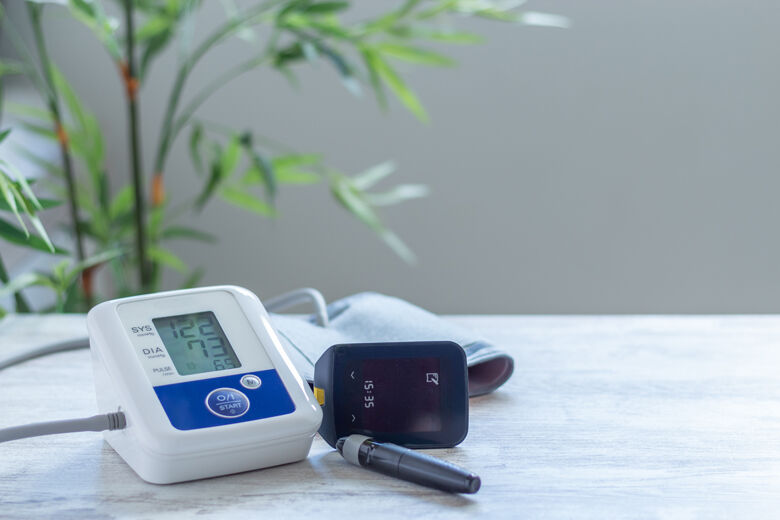New findings suggest that healthy blood pressure numbers may differ for women and men, and a Northern Virginia cardiologist wants women to learn more about their specific situations and consult their doctors.
New findings suggest that healthy blood pressure numbers may differ for women and men, and a Northern Virginia cardiologist wants women to learn more about their specific situations and consult their doctors.
“There is really no ‘one size fits all’ approach to medicine. We really have to look at men and women differently, ”said Dr. Rachel L. Berger of Virginia Heart.
Traditionally, 120 out of 80 is considered the normal upper limit for systolic blood pressure in adults, but a study by the Smidt Heart Institute at Cedars-Sinai evaluated data from more than 27,000 people and found that women can have “normal” blood pressure lower range.
“Although men have a higher correlation between high blood pressure and heart disease, such as 120 or 140, women are at increased risk of heart disease even with blood pressure as low as 100 or 110,” said Berger.
Women need to know their numbers.
“It means knowing what your blood pressure is and talking to your doctor and finding out if it is a suitable blood pressure for you,” advised Berger.
Berger thinks that studies, like this one that assesses blood pressure and the risk of heart disease, are very important because they can change the way doctors adapt medical practices to different groups of people, especially women.
“Much of what we do in medicine is based on large studies that may not traditionally include women,” said Berger. “And, women – unlike men – can have different goals.”
Do you know what your blood pressure is?
Many pharmacies have free kiosks to check blood pressure numbers. They also sell devices that you can use at home. Berger said a cuff that wraps around the arm tends to be more reliable than one that attaches to the wrist.
Accurate results are more likely if you are sitting and relaxed for a few minutes. If you get a high reading, wait a few minutes and check again to see if the numbers have decreased.
Situations that can increase blood pressure include being stressed, anxious or having consumed too much caffeine. Berger recommends checking blood pressure at different times of the day to get a sense of how it changes.
Some tips to help keep numbers in check include:
- Limit alcohol.
- Quit smoking.
- Less salt intake.
- Avoid processed foods.
- Increase activity levels.
- Try to exercise four or five days a week.
You can learn more about high blood pressure on the American Heart Association website.
Like the WTOP on Facebook and follow @WTOP on Twitter to chat about this article and others.
Get breaking news and daily headlines in your email inbox by signing up here.
© 2021 WTOP. All rights reserved. This site is not intended for users located in the European Economic Area.
